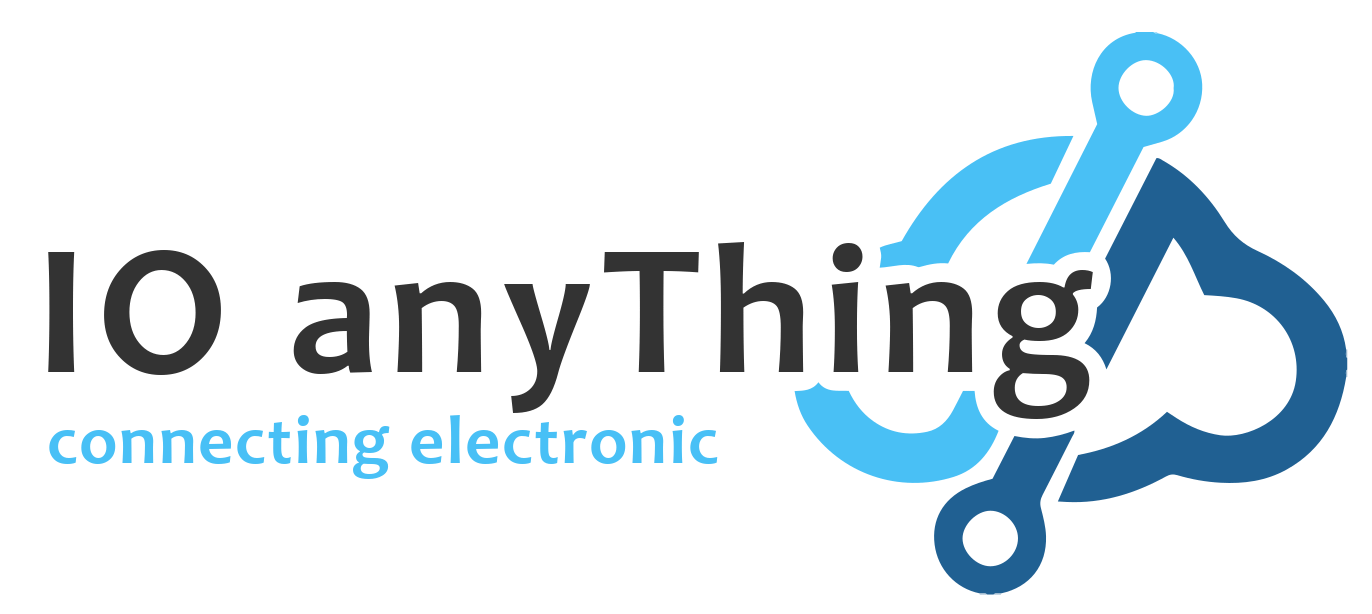Connection Settings
The following is the instruction for TCP and UDP settings.
Click here if you want to configure your device to use TCP communication.
Click here if you want to configure your device to use UDP communication.
TCP – Connection Settings
- On the main menu, click Connection. The Connection Settings window for the channel displays.
- In the available fields, enter or modify the following information:
- Connect Protocol
Protocol From the drop-down menu, select TCP.
- Connect Mode: Passive Connection
Accept Incoming Select Yes to accept incoming connections. The default is Yes.Password Required Determines whether a password is required for an incomingpassive connection. This field is not available when apassword is set for Telnet mode.Password If Password Required was set to Yes, enter the password for passive connections.
- Connect Mode: Active Connection
Active Connect Select None to disable Active Connect. Otherwise, indicatethe connection type from the drop-down list:-
With Any Character: Attempts to connect when any character is received from the serial port.
-
With Active Mdm Ctrl In: Accepts external connection requests only when the modem_control_in input is asserted.
-
With Start Character: Attempts to connect when it receives a specific start character from the serial port. The default start character is carriage return.
-
Manual Connection: Attempts to connect when directed by a command string received from the serial port.
-
Auto Start: Automatically connects to the remote IP address and port after booting up.
Start Character If Active Connect is set to With Start Character, enter the start character in this field.Modem Mode Indicates the on-screen response type when in Modem Mode (if Modem Mode is enabled).Show IP Address After RingIndicates whether to display the remote IP address uponconnection. The default setting is Yes. -
- Endpoint Configuration
Local Port Enter the local port number. Auto increment foractive connectSelect to auto-increment the local port number for new outgoing connections. The range of auto-incremented port numbers is 50,000 to 59,999 and loops back to the beginning when the maximum range is reached.Remote Port Enter the remote port number. Remote Host Enter the IP address of the remote device.
- Common Options
Telnet Com Port Cntrl This field is available for configuration only when Active Connect is set to None. Select Enable to permit Telnet communication to the unit. The Telnet Com Port Cntrl feature is used in conjunction with the Com Port Redirector (CPR) utility. (See the CPR online Help for details. Terminal Name This field is available for configuration only when Telnet Mode is set to Enable.Use the terminal name for the Telnet terminal type. Enter only one name. When this option is enabled, the unit also reacts to the end of record (EOR) and binary options, which can be used for applications such as terminal emulation to IBM hosts.Connect Response A single character is transmitted to the serial port when there is a change in connection state. Default setting is None. Use Hostlist If this option is set to True, the device server scrolls through the host list until it connects to a device listed in the host list table. Once it connects, the unit stops trying to connect to any others. If this connection fails, the unit continues to scroll through the table until it connects to another IP in the host list. The host list is disabled for Manual Mode and for Modem Mode. The unit will not accept a data connection from a remote device when the host list option is enabled.
LED Select Blink for the status LEDs to blink upon connection or Nonefor no LED output.
- Disconnect Mode
On Mdm_Ctrl_In Drop Set to Yes for the network connection to or from the serial port to disconnect (drop) when Modem Control In transitions from an asserted state to not asserted state. The default setting is No.Hard Disconnect When set to Yes, the TCP connection closes even if the remote site does not acknowledge the disconnect request.Check EOT (Ctrl-D) Select Yes to drop the connection when Ctrl-D or Hex 04 is detected. Both Telnet Com Port Cntrl and Check EOT (Ctrl+ D) must be enabled for Disconnect with EOT to function properly. Ctrl+D is only detected going from the serial port to the network. The default setting is No.Inactivity Timeout Use this parameter to set an inactivity timeout. The unit drops the connection if there is no activity on the serial line before the set time expires. Enter time in the format mm:ss, where m is the number of minutes and s is the number of seconds. To disable the inactivity timeout, enter 00:00.
- Connect Protocol
- When you are finished, click the OK button.
- On the main menu, click Apply Settings.
UDP – Connection Settings
- On the main menu, click Connection. The Connection Settings window for the channel displays.
- In the available fields, enter or modify the following information:
- Connect Protocol
Protocol From the drop-down menu, select UDP.
- Datagram Mode
Datagram Type Configures the remote IP or network broadcast address and the remote port. Enter 01 for directed or broadcast UDP. The default setting is 00.Accept Incoming Select Yes to accept incoming UDP datagrams.
- Endpoint Configuration
Local Port Enter the local port number. Remote Port Enter the port number of the remote device. Remote Host Enter the IP address of the remote device. Use Broadcast Select to broadcast the UDP datagram. The default is not to broadcast.Note: Datagrams are sent as subnet-directed broadcasts.Device Address Table The table is enabled when Datagram Type is set to FD. Enter values between 1 and 255 to identify units on the local network of device servers.Note: Lantronix Tech Support supports Datagram type 01. Datagram Type FD is for OEM use.
- Connect Protocol
- When you are finished, click the OK button.
- On the main menu, click Apply Settings.


